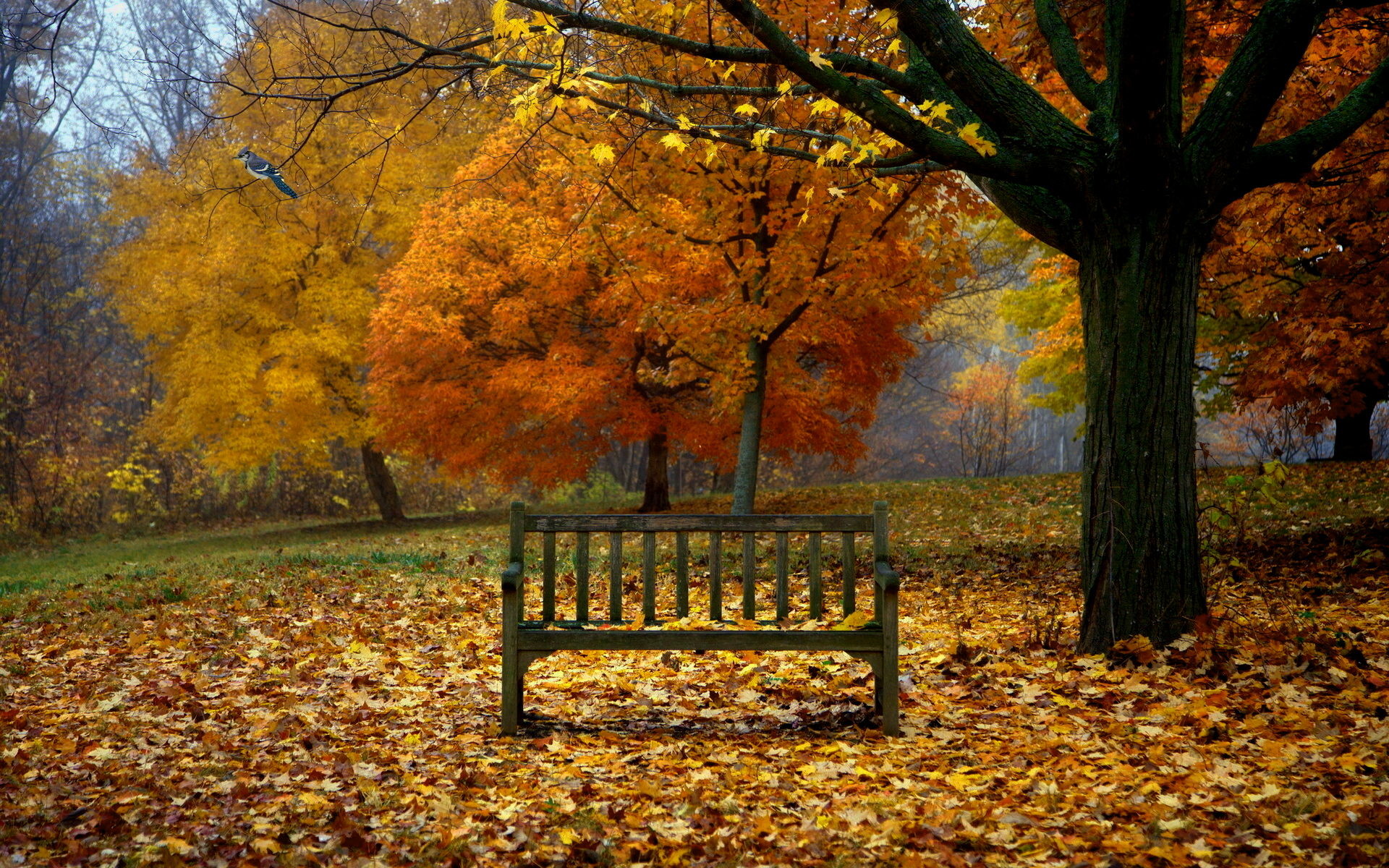As the summer heat begins to wane and the leaves start to change color, many people wonder, “When is the first day of fall?” This question often arises as we look forward to cooler temperatures, cozy sweaters, and pumpkin-spiced everything. In this comprehensive article, we will delve into the specifics of the first day of fall, its significance, and related cultural traditions. Keep reading to discover everything you need to know about this magical time of year.
Key Takeaways
- The first day of fall, also known as the autumnal equinox, usually occurs around September 22 or 23.
- It marks the moment when day and night are approximately equal in length.
- The autumnal equinox has cultural and historical significance in various traditions around the world.
- Understanding the science behind the equinox can enrich your appreciation of this seasonal change.
Understanding the Autumnal Equinox
The first day of fall is officially known as the autumnal equinox. The term “equinox” comes from the Latin words “aequus,” meaning equal, and “nox,” meaning night. On this day, day and night are approximately equal in length, signaling the transition from summer to fall.
When Does the Autumnal Equinox Occur?
The autumnal equinox typically falls on either September 22 or 23 each year. This date can vary slightly due to the Earth’s elliptical orbit and the gravitational influences of other celestial bodies. The precise timing of the equinox is determined by the moment when the sun crosses the celestial equator, heading southward.
The Science Behind the Equinox
To understand why the equinox occurs, it’s essential to grasp a bit of astronomy. The Earth orbits the sun on an elliptical path, and its axis is tilted at an angle of approximately 23.5 degrees. This tilt is responsible for the changing seasons. During the equinox, the tilt of the Earth’s axis is such that the sun is positioned directly above the equator. As a result, both the Northern and Southern Hemispheres receive roughly equal amounts of sunlight.
The Cultural and Historical Significance of the First Day of Fall
The autumnal equinox has been celebrated and observed by various cultures throughout history. Many ancient civilizations recognized the equinox as an essential turning point in the year and developed rituals and festivals to honor it.
Harvest Festivals

In many agricultural societies, the autumnal equinox marked the beginning of the harvest season. Farmers would gather their crops and prepare for the colder months ahead. Harvest festivals, such as Thanksgiving in the United States and Canada, are rooted in these ancient traditions. These celebrations often include feasting, gratitude, and communal activities.
Mythology and Folklore
The equinox also holds a place in mythology and folklore. In Greek mythology, the autumnal equinox is associated with the story of Persephone’s descent into the underworld, symbolizing the end of the growing season and the onset of winter. Similarly, in Celtic traditions, the equinox is linked to the festival of Mabon, a time to give thanks for the harvest and reflect on the balance between light and dark.
Modern Observances
Today, the autumnal equinox is still celebrated in various ways around the world. Many people take this opportunity to enjoy outdoor activities, such as hiking, apple picking, and visiting pumpkin patches. Some cultures hold special ceremonies or gatherings to mark the occasion, emphasizing themes of balance, gratitude, and renewal.

How to Celebrate the First Day of Fall
There are countless ways to embrace the arrival of fall and make the most of this beautiful season. Here are some ideas to help you celebrate the first day of fall:
- Decorate Your Home: Bring the warmth of autumn indoors by decorating with seasonal items like pumpkins, gourds, and fall foliage. Consider adding cozy textiles, such as blankets and throw pillows, in rich, earthy tones.
- Enjoy Seasonal Foods: Fall is the perfect time to savor seasonal produce like apples, pears, and squash. Try your hand at making homemade apple pie, pumpkin soup, or roasted root vegetables.
- Spend Time Outdoors: Take advantage of the cooler weather by going for a hike, visiting a local park, or simply taking a leisurely walk to enjoy the changing leaves.
- Host a Gathering: Invite friends and family over for a fall-themed get-together. Serve seasonal dishes, light a bonfire, and enjoy each other’s company as you celebrate the equinox.
- Practice Mindfulness: Use the equinox as an opportunity to reflect on balance in your own life. Consider starting a gratitude journal or engaging in a mindfulness meditation practice.
The Impact of the Autumnal Equinox on Nature
The arrival of fall brings about significant changes in the natural world. As the days grow shorter and temperatures drop, many plants and animals begin to prepare for the coming winter.
Changes in Flora

One of the most noticeable signs of fall is the changing color of leaves. As daylight decreases, chlorophyll production in leaves slows down, revealing the vibrant reds, oranges, and yellows that were previously hidden. This process, known as senescence, is a natural part of the plant’s life cycle.
Animal Behavior
Many animals also respond to the changing seasons. Birds, for example, begin their migration to warmer climates, while mammals like squirrels and bears start to gather food and build up fat reserves for hibernation. Insects such as bees and butterflies also prepare for the colder months by either migrating or finding sheltered places to overwinter.
The first day of fall, marked by the autumnal equinox, is a time of transition and reflection. It signals the end of summer and the beginning of a season filled with beauty, change, and preparation. Whether you celebrate with traditional rituals, outdoor activities, or simply by enjoying the natural splendor of the season, the equinox offers a unique opportunity to connect with the rhythms of the Earth.
As you now know, the first day of fall is more than just a date on the calendar; it’s a moment of balance and transformation that has been honored by cultures around the world for centuries. So, mark your calendar for September 22 or 23, and take a moment to appreciate the wonder and significance of this special time of year.









0